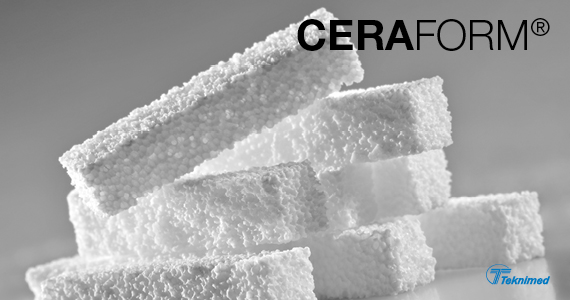Cap ceramics are too brittle for use as bulk material under loaded conditions which means that cap ceramics are frequently applied as coatings to the surface of metallic implant materials to combine the mechanical strength of metals with the excellent biological properties of cap ceramics.
Uses for calcium phosphate ceramics.
Tri calcium phosphate ceramics and allografts as bone substitutes for spinal fusion in idiopathic scoliosis as bone substitutes for spinal fusion in idiopathic scoliosis.
Calcium phosphate ceramics cements and silica based glasses which are known as bioceramics are widely used as components of implants for teeth and bone restoration.
Understanding the advantages and limitations of the different 3d.
The aim of this article is to review the history structure properties and clinical applications of these materials whether they are in the form of bone cements paste scaffolds or coatings.
Tkpp is used to retard the setting of portland cements to provide for additional working time.
Ceramic materials used for transcortical and 31 bone bridging implants 1.
Introduction to calcium phosphate ceramics 31 a.
Synthesis of large 6 to 7 microns particles of carbonated na and mg doped apatitic calcium phosphate bioceramic elemental metallic calcium ca calcium metal which causes in situ deprotonation in the solutions used in synthesizing calcium phosphate bioceramics at room.
Transcortical implants 37 iii bone bridging implants 37.
Among the various types of cpcs much attention has been focused on.
Calcium phosphate cap bioceramics are widely used in the field of bone regeneration both in orthopedics and in dentistry due to their good biocompatibility osseointegration and osteoconduction.
Comparative clinical results at four years acta orthop belg.
Novel methods of calcium phosphate biomaterial synthesis.
Orthophosphates are commonly used to formulate various specialty glass and ceramic glazes.
Calcium phosphate ceramics cpcs have been used extensively as commercialized products in the clinic for many years ranging from bone fillers to bone graft substitutes because they share a lot of similarities with the inorganic components of bone.
Nowadays incorporation of drugs within them or on their functionalized surfaces is provided by the new chemical strategies and the other advanced processing methods.
Hydroxyapatite ca 10 po 4 6 oh 2 hap is a bioactive ceramics widely used as powders or in particulate forms in various bone repairs and as coatings for metallic prostheses to improve their biological properties hap is thermodynamically the most stable calcium phosphate ceramic compound at the ph temperature and composition of the physiological fluid.
These acid orthophosphates are also used in making calcium aluminum and zinc phosphate specialty cements.
Authors j c le.









